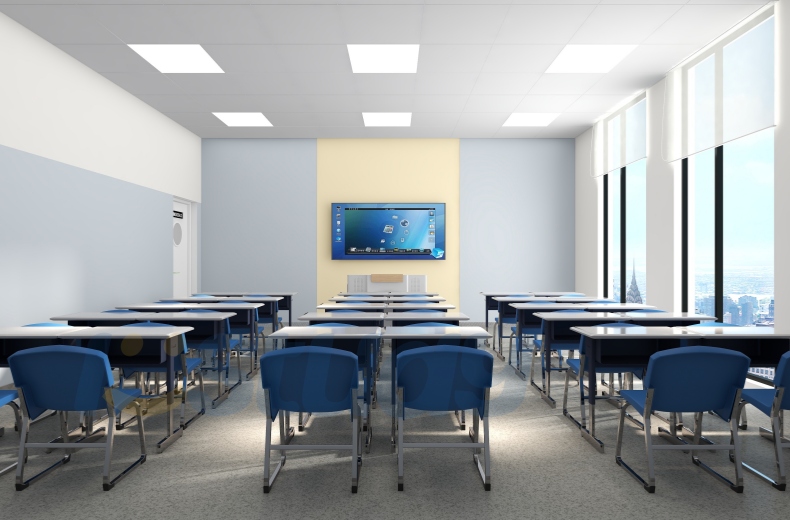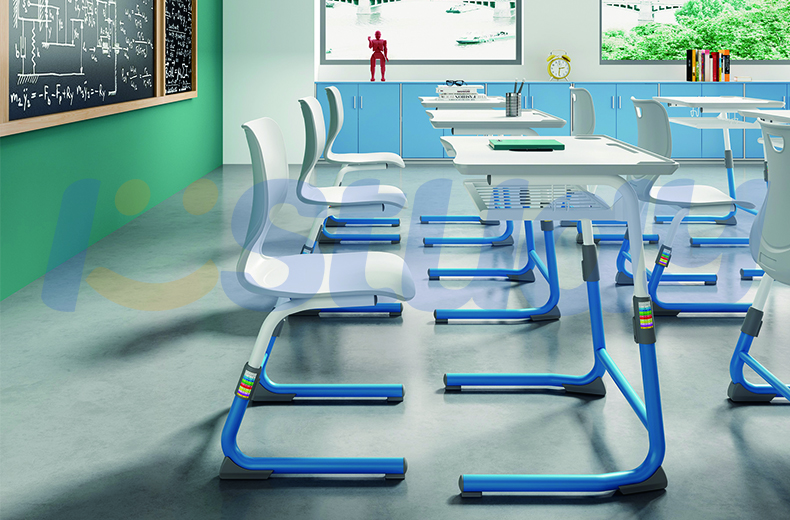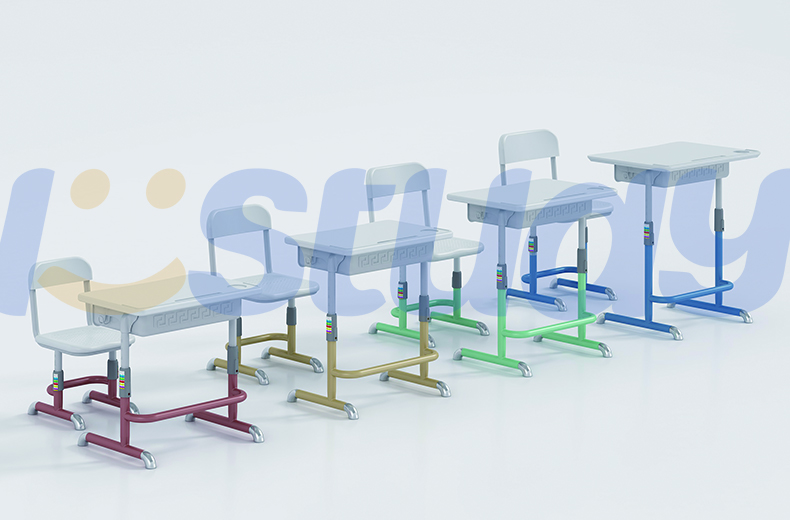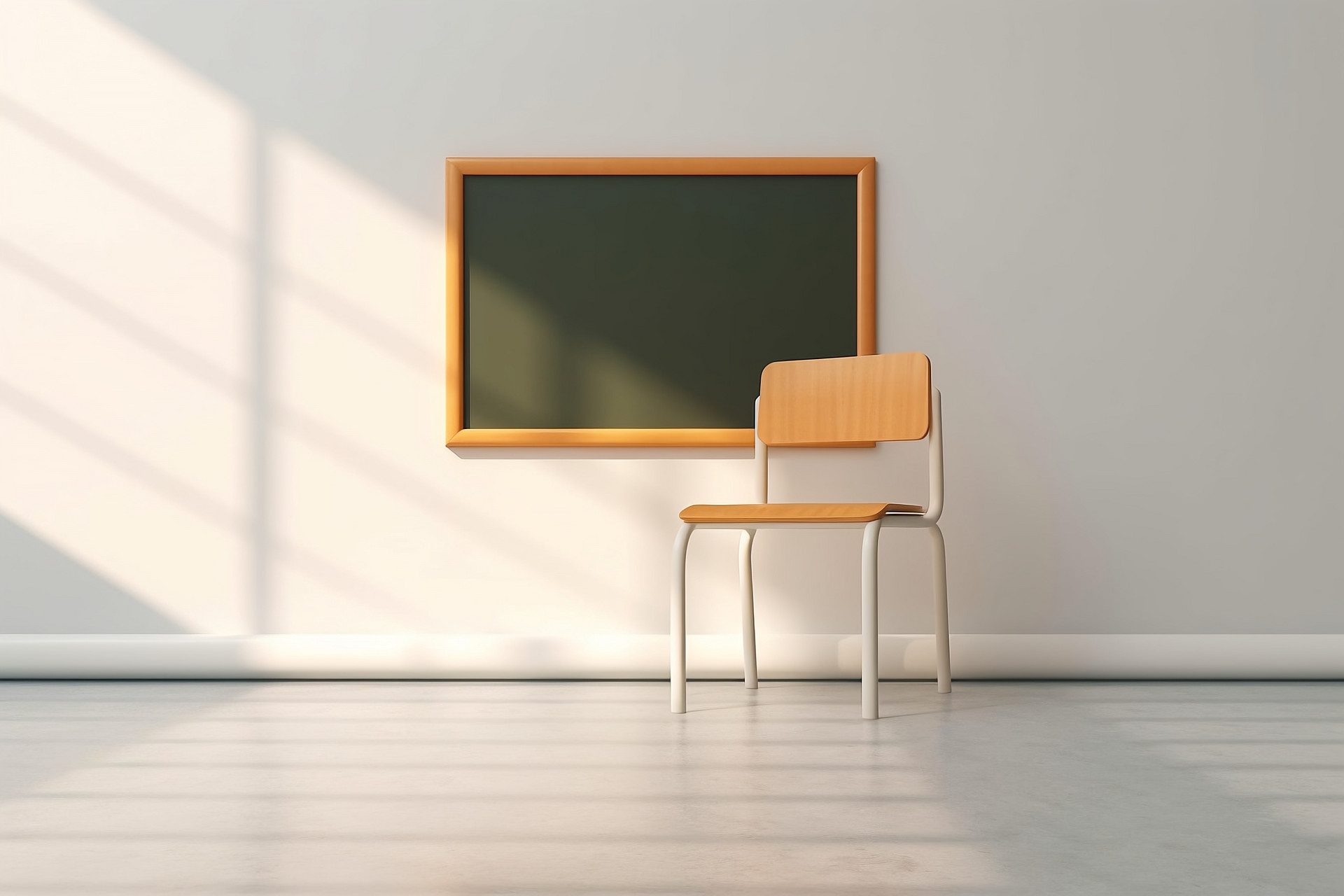Comparing the environmental impact of European and American school furniture materials and processes involves examining various factors unique to each region. Here's how you could reveal their respective impacts:
1. Regulatory Frameworks: Investigate the environmental regulations and standards governing the manufacturing industry in Europe and the United States. European regulations, such as the EU Ecolabel and REACH regulations, tend to be more stringent compared to those in the US, potentially influencing environmental performance.
2. Material Sourcing Practices: Compare the sources of materials used in school furniture production in Europe and the US. Europe may have stricter regulations regarding sustainable forestry and responsible sourcing, leading to a higher prevalence of FSC-certified wood or recycled materials in European-made furniture.

3. Manufacturing Processes: Analyze the manufacturing processes employed in Europe and the US. European manufacturers may prioritize energy efficiency, waste reduction, and emission controls due to regulatory pressure and consumer demand for sustainability.
4. Transportation: Assess the transportation footprint associated with school furniture production in each region. European manufacturers may benefit from shorter transportation distances within the EU market compared to US manufacturers, who may need to transport goods over longer distances domestically or internationally.
5. Consumer Preferences and Awareness: Consider differences in consumer preferences and awareness regarding sustainability between Europe and the US. European consumers may place a higher value on eco-friendly products and be more willing to pay a premium for sustainable school furniture, driving manufacturers to adopt greener practices.

6. End-of-Life Management: Explore differences in waste management and recycling infrastructure between Europe and the US. European countries often have more advanced recycling systems and higher recycling rates, influencing the end-of-life management of school furniture and overall environmental impact.
7. Industry Initiatives and Collaborations: Investigate industry initiatives and collaborations aimed at promoting sustainability in school furniture production. Both Europe and the US may have industry-led programs focusing on environmental stewardship, circular economy principles, and product certification.
8. Government Incentives and Support: Look into government incentives and support for sustainable manufacturing practices in each region. European governments may offer grants, tax incentives, or subsidies to encourage businesses to adopt environmentally friendly technologies and processes.

This comparative analysis can inform stakeholders and policymakers on best practices for promoting sustainability in school furniture production globally.

